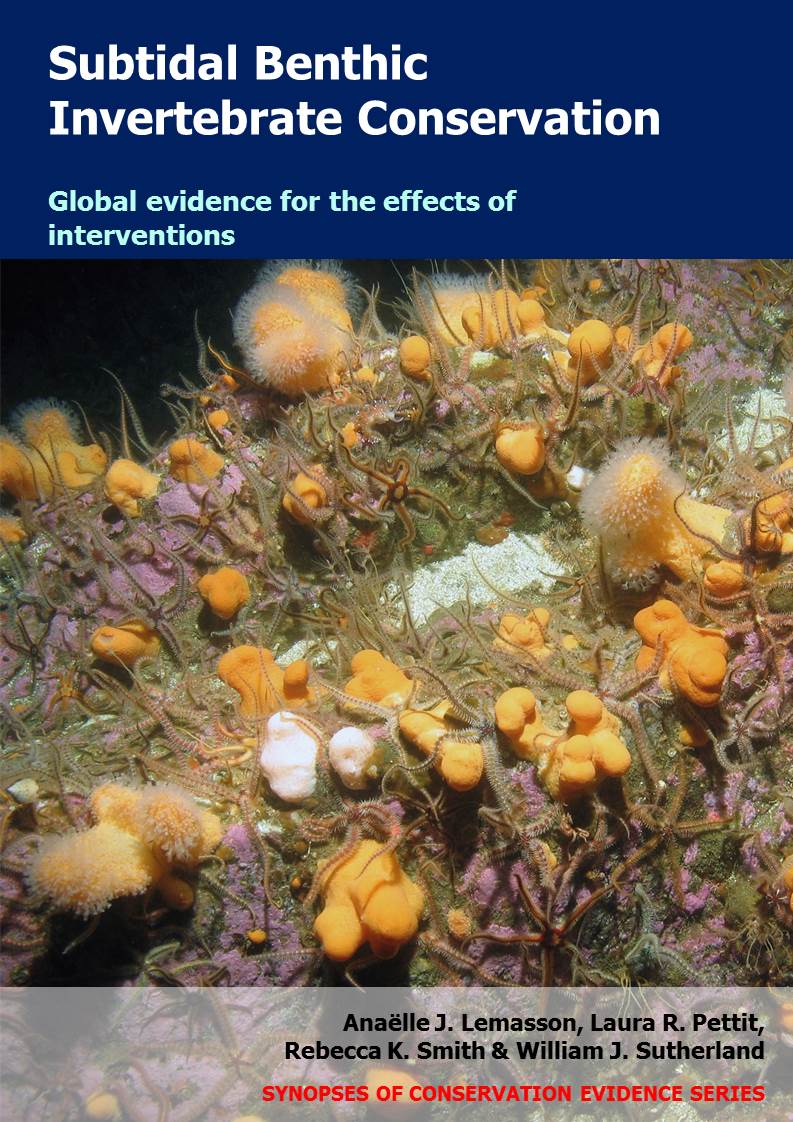Use an otter trawl instead of a beam trawl
-
Overall effectiveness category Unknown effectiveness (limited evidence)
-
Number of studies: 1
View assessment score
Hide assessment score
How is the evidence assessed?
-
Effectiveness
50% -
Certainty
34% -
Harms
10%
Study locations
Supporting evidence from individual studies
A replicated, paired, controlled study in 1992–1995 in four areas of sandy or silty seabed in the south-eastern North Sea, Netherlands and Germany (Bergman & Van Santbrink 2000) found that the effects of otter trawls compared to beam trawls on invertebrate mortality varied with the sediment type. Otter trawls caused similar mortality of invertebrates in the trawl tracks compared to beam trawls in sandy areas (otter: 0–41%: beam: 1–53%) but lower mortality in silty areas (otter: 1–65%: beam: 2–82%). In spring-summer 1992–1995 parallel strips (2,000 x 60 m, 300 m apart, number unspecified) in one sandy location and three silty locations were fished with either a commercially used beam trawl with tickler chains or an otter trawl. Prior to trawling, mega-invertebrates (>1 cm) and macro-invertebrates (> 1 mm) were counted from samples taken in each strip using a dredge and a sediment grab. After 24–48 h following trawling, all strips were sampled again using the same methods. Mortality (from trawling) of invertebrates present in the trawl tracks was calculated using the difference between the before and after-trawling abundances (assuming all animals killed by trawling had been eaten by predators).
Study and other actions tested
Where has this evidence come from?
List of journals searched by synopsis
All the journals searched for all synopses
This Action forms part of the Action Synopsis:
Subtidal Benthic Invertebrate Conservation





)_2023.JPG)














